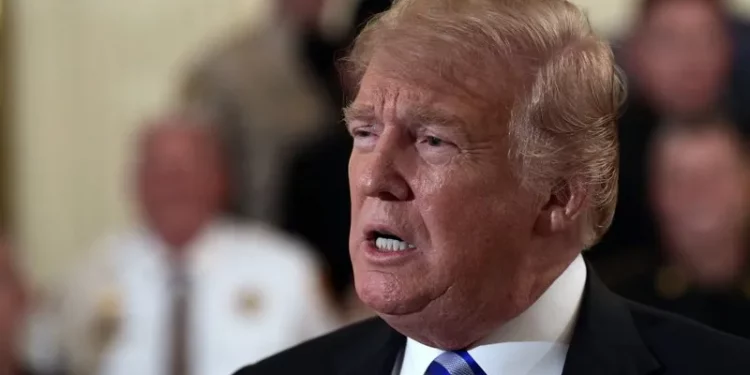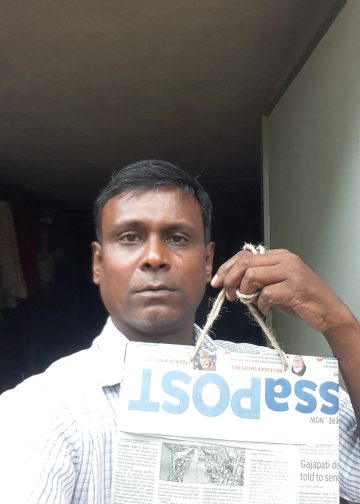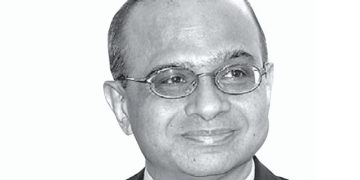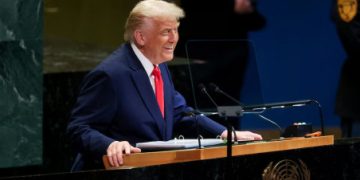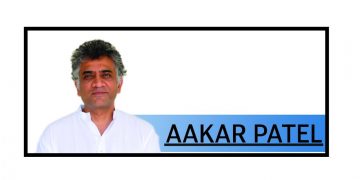It is interesting to note US President Donald Trump keeps changing his deadline for imposing new tariffs on goods from China, while he does not show any wavering when it comes to other countries, including India and also his European allies. In May, the US and China had averted an economic catastrophe by reducing massive tariffs they had slapped in April on each other’s products, which had reached as high as 145 per cent against China and 125 per cent against the US.
Both countries seem to have struck a secret deal between themselves which others are not privy to. Those triple-digit tariffs threatened to effectively end trade between the US and China, causing a frightening sell-off in financial markets.
In a May meeting in Geneva, both agreed to back off and keep talking: America’s tariffs went back down to a still-high 30 per cent and China’s to 10 per cent. The “reciprocal tariffs” Trump initially rolled out in early April were quickly paused for 90 days. But, Trump extended a trade truce with China for another 90 days on 11 August, only a day before the earlier deadline was to expire. This was obviously to delay, once again, a dangerous showdown between the world’s two biggest economies and military powers.
The pause buys time for the two countries to iron out some of their differences, Trump’s intent seemingly being to prepare the groundwork for a summit later this year between him and Chinese President Xi Jinping which has been widely welcomed by US companies doing
business with China. The pause will also give time for the two governments to negotiate a trade agreement that US businesses hope would improve their market access in China and provide the certainty needed for companies to make medium and long-term plans for agriculture and energy exports and manufacturing electronic goods.
Trump’s trade policies have turned the US from one of the most open economies in the world into a protectionist fortress. The average US tariff has gone from around 2.5 per cent at the start of the year to 18.6 per cent, the highest since 1933. The European Union, Japan and other trading partners do not have the economic muscle like China and hence had to agree to lopsided trade deals with Trump, accepting once unthinkable US high tariffs of 15 per cent on Japanese and EU imports.
China could rebuff Trump’s tariff aggression using it as a cudgel to extort concessions from trading partners because it has a cudgel of its own which is cutting off or slowing access to its rare earth minerals and magnets used in everything from electric vehicles to jet engines.
The outcome is the US decision in June to pull back export restrictions on computer chip technology and ethane needed in petrochemical production, while China too agreed to make it easier for US firms to get access to rare earths. It appears Trump has realised China is not only a hard nut to crack, but also the US itself does not have the upper hand so far as China is concerned. In this sense it is highly appropriate for a journalist from the Financial Times, Robert Armstrong, to coin the sobriquet of “TACO” to describe Trump’s politico-economic actions and erratic approach to tariffs. TACO is an acronym for “Trump Always Chickens Out.” Three months later, it is quite possible that the TACO theory truly applies to the American President’s policy toward China only. The world, especially India, needs to learn so much from China which has not got its economic and military prowess overnight, but through hard work and discipline undergoing periodic socio-cultural convulsions. If India is forced to gravitate towards China through Shanghai Cooperation Organisation (SCO) meet scheduled to be held from 31 August to 1 September and other means due to Trump’s heavily tilted policy towards Pakistan at its cost and conciliatory overtures to China, New Delhi itself is to blame. It has, for far too long, been lulled into complacency for its misplaced pride in its strength among the international community and the ill conceived notion of being the Vishwaguru.

